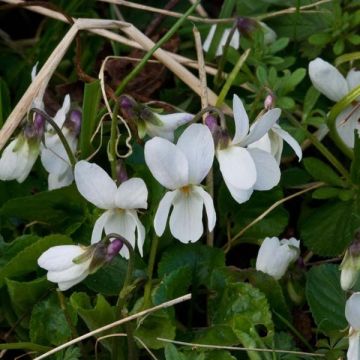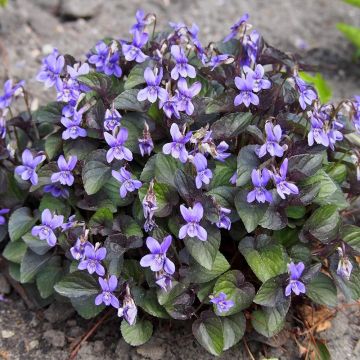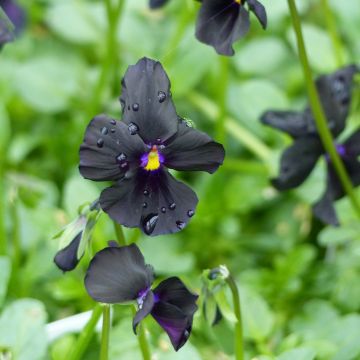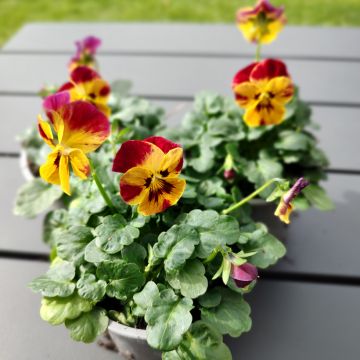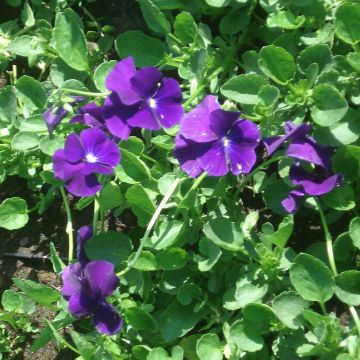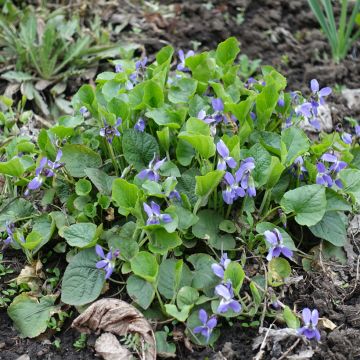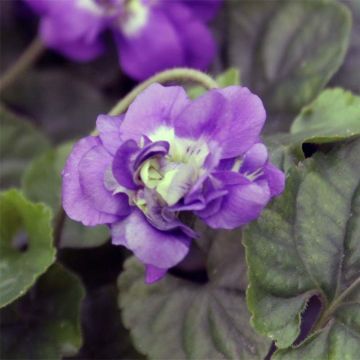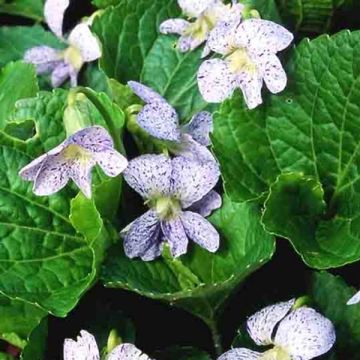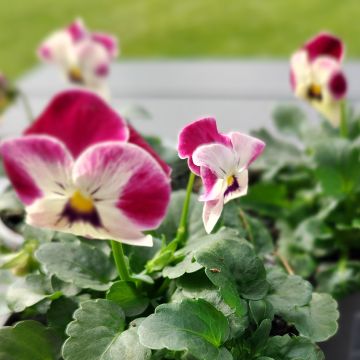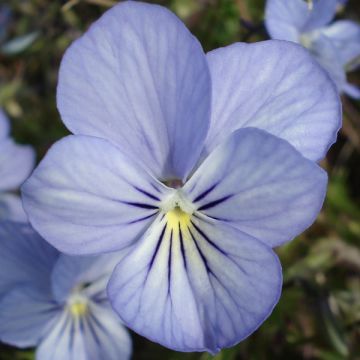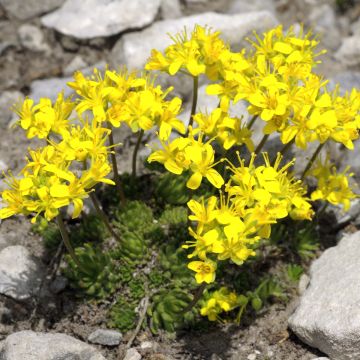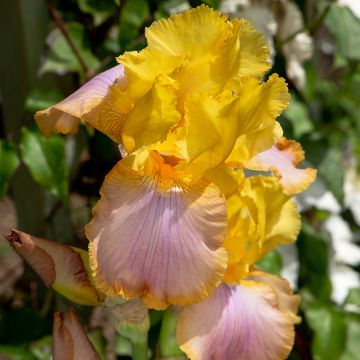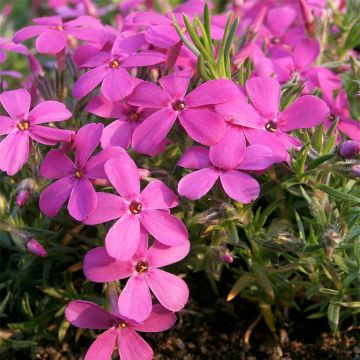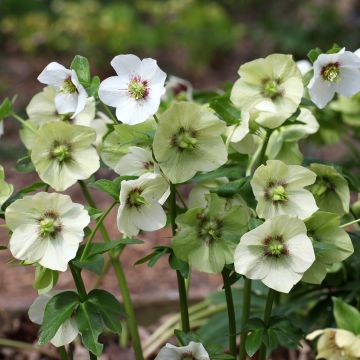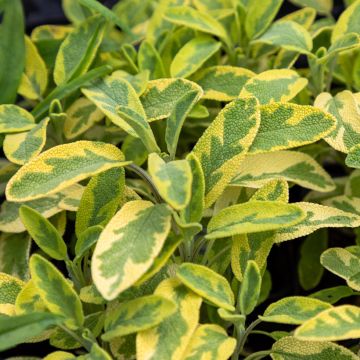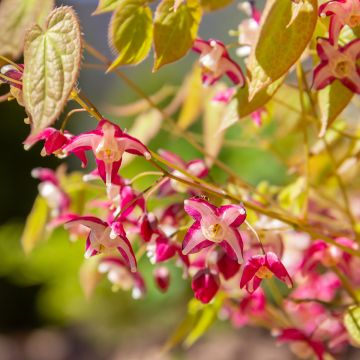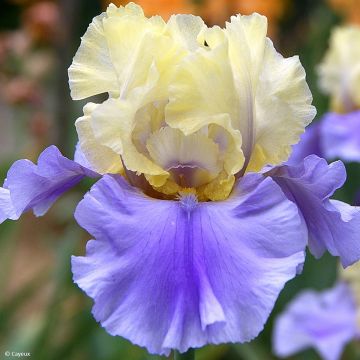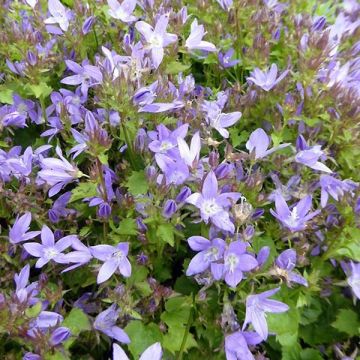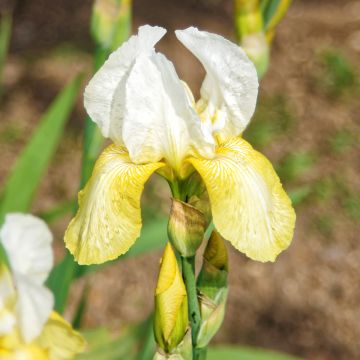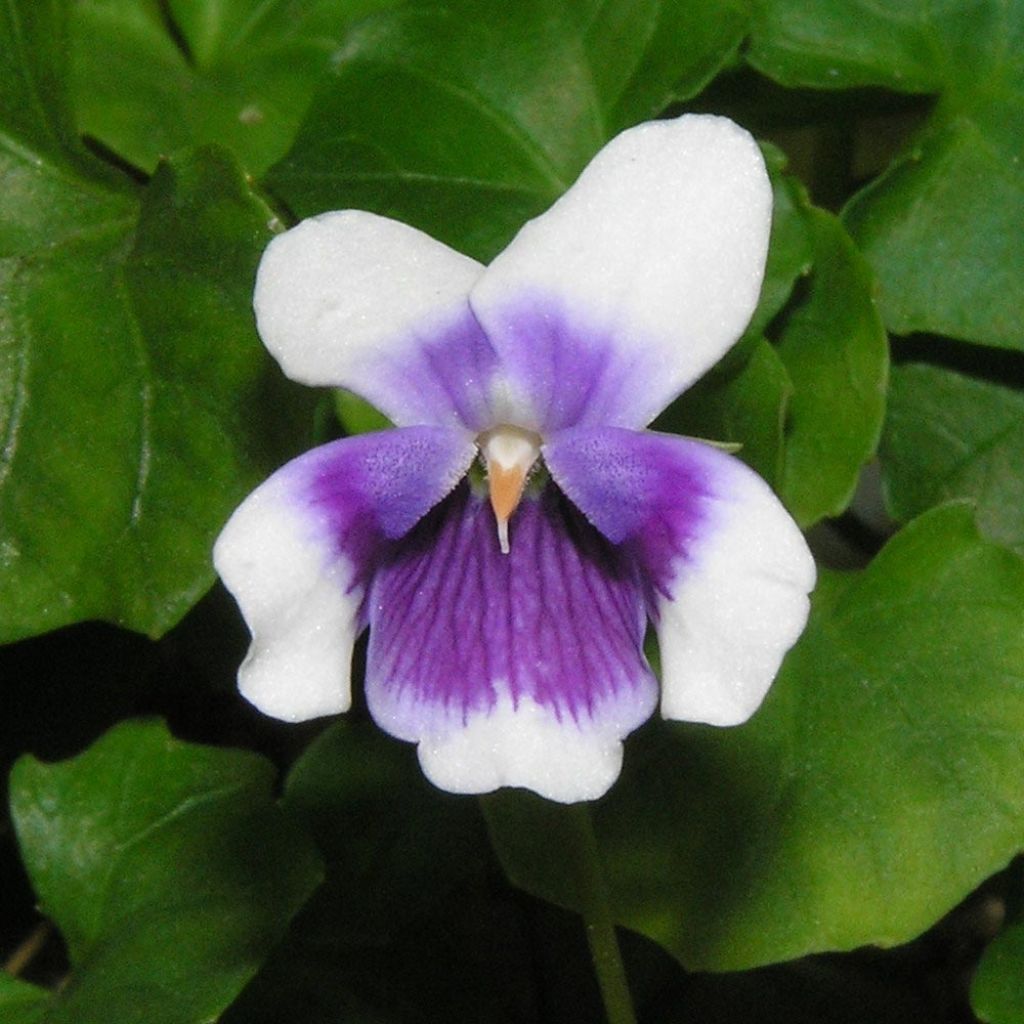

Viola hederacea
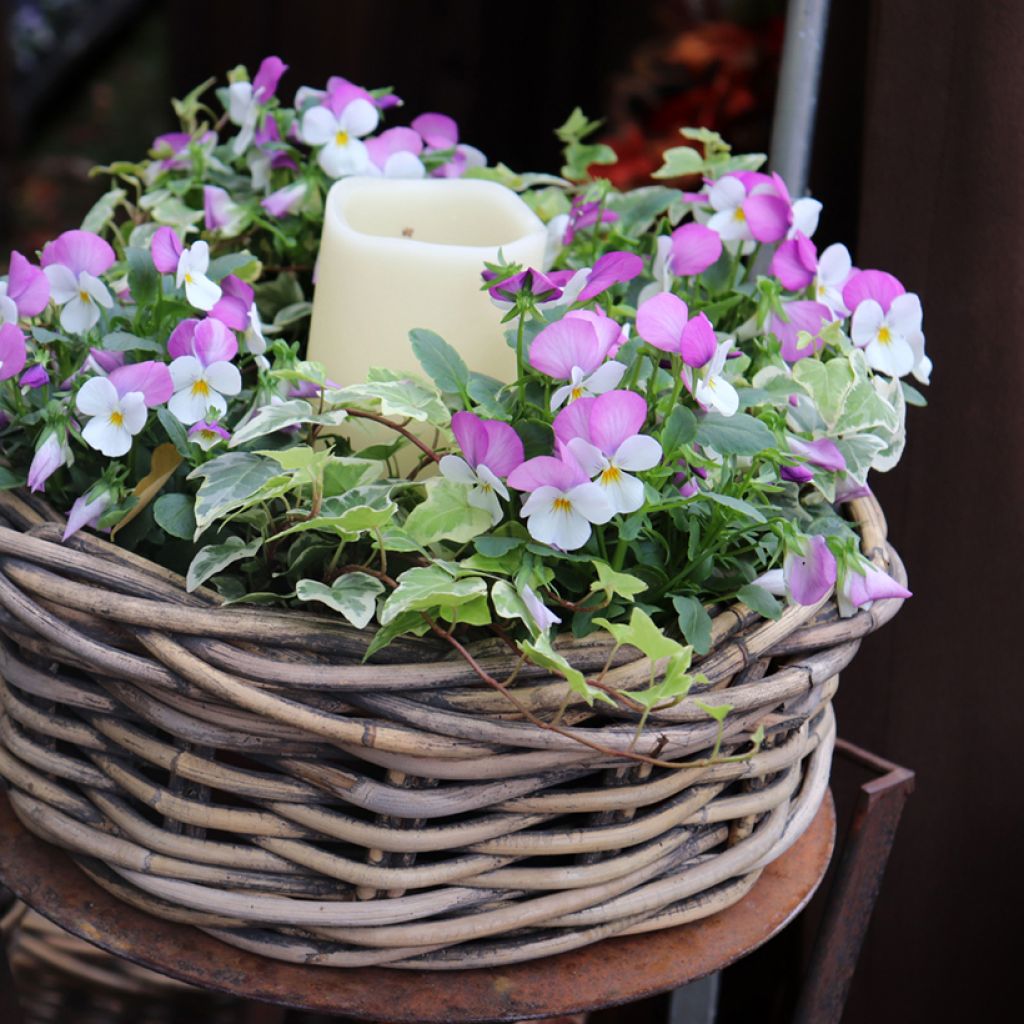

Viola hederacea
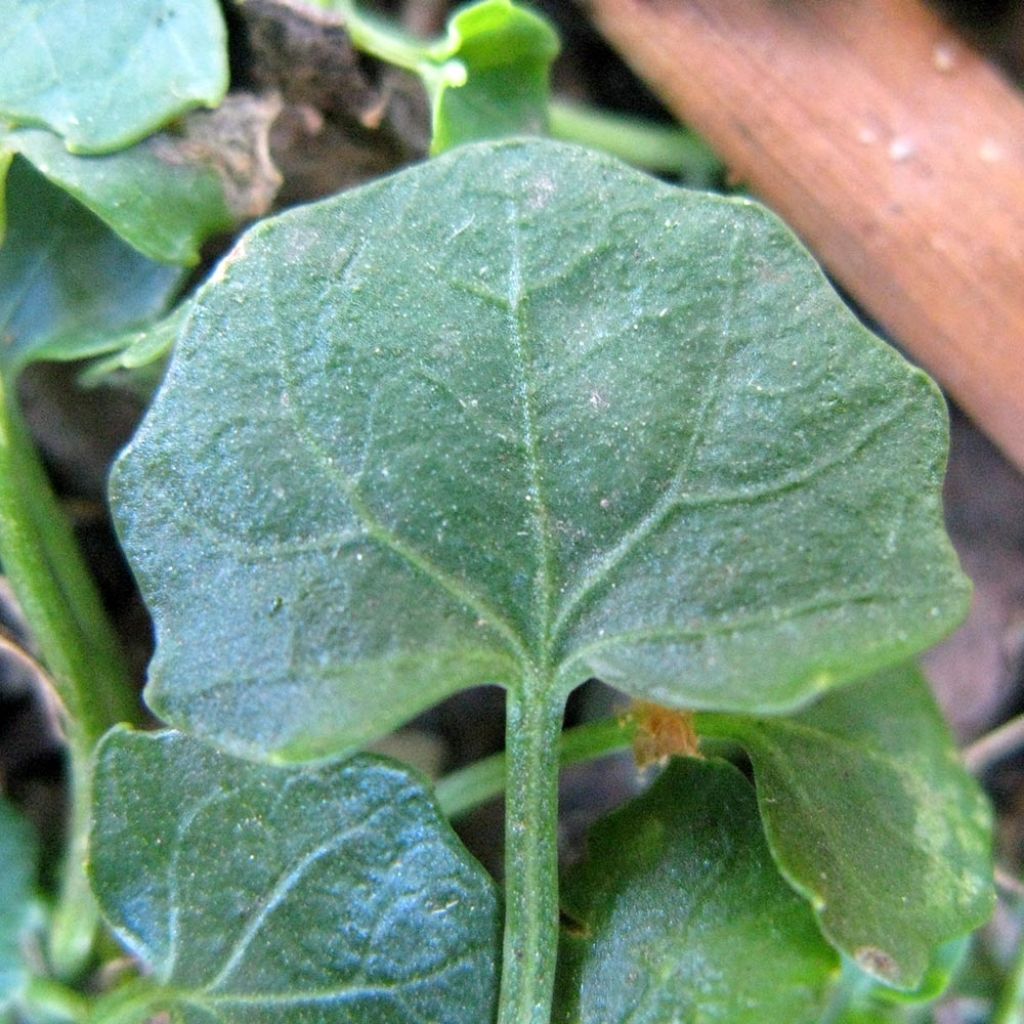

Viola hederacea
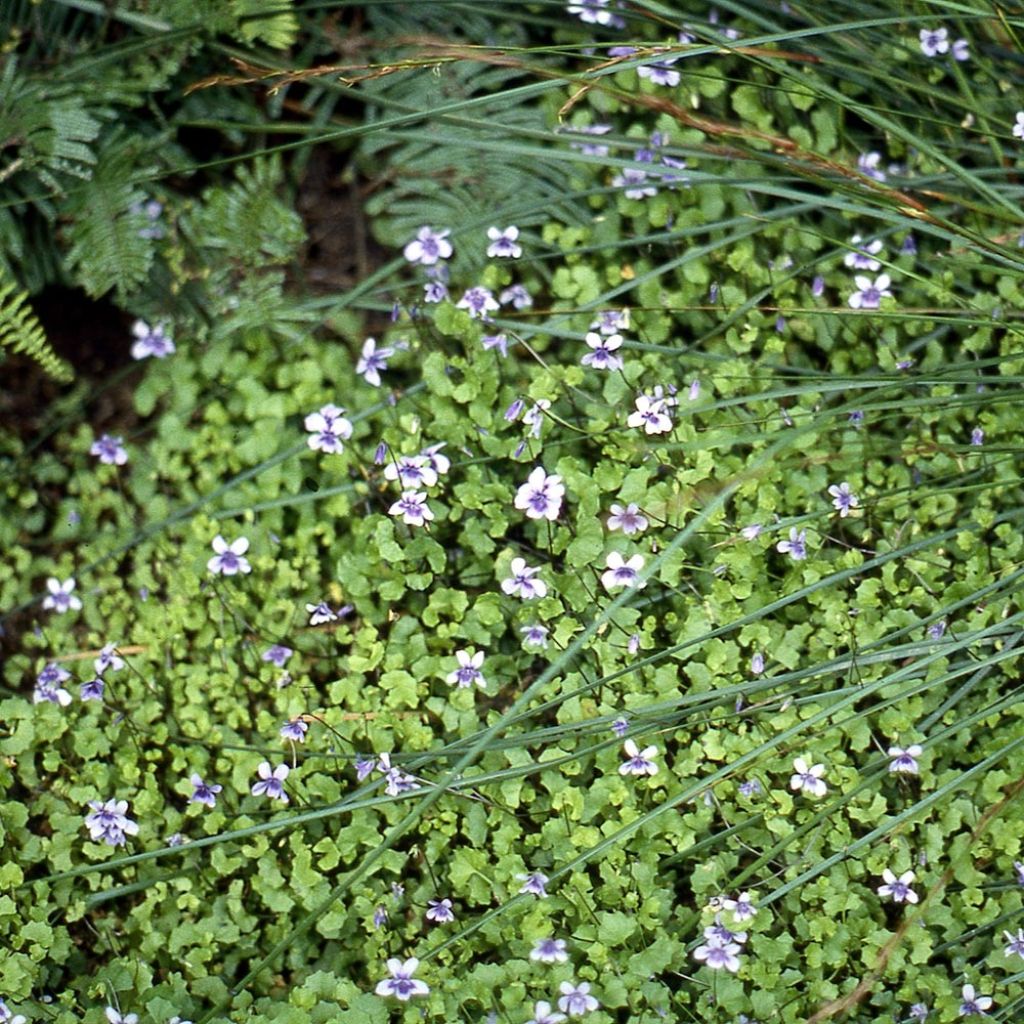

Viola hederacea
Viola hederacea
Viola hederacea
Australian Violet, Ivy-leaved Violet, Spurless violet, Trailing violet
Wonderful ivy leaf plant planted in early April and rewarded us with very beautiful and delicate flowers!
Pierre, 21/10/2022
This item cannot be shipped to the selected country
Delivery charge from €5.90
More information
Schedule delivery date,
and select date in basket
This plant carries a 12 months recovery warranty
More information
We guarantee the quality of our plants for a full growing cycle, and will replace at our expense any plant that fails to recover under normal climatic and planting conditions.
From €5.90 for pickup delivery and €6.90 for home delivery
Express home delivery from €8.90.

Does this plant fit my garden?
Set up your Plantfit profile →
Description
Viola hederacea, also known as the Ivy-leaved Violet or Australian Violet, is an adorable little perennial that carpets shady woodlands. From March to May-June, it is adorned with small, beautifully bicoloured flowers, mauve and white. Its rounded leaves, reminiscent of ivy leaves, persist more or less throughout winter. This violet, with its vigorous growth, is hardy down to -7°C (19.4°F), undemanding in terms of soil and requires no maintenance. Perfect as groundcover, it can also replace lawns in shaded and lightly trodden areas.
Viola hederacea belongs to the violet family. It is a species native to the Australian east coast, from Brisbane to Batemans Bay. This violet, which does not exceed 15 cm (6in) in height when flowering, spreads through underground rhizomes, colonising the soil over time. Its tightly packed leaves are rounded to kidney-shaped, with lobed edges. They persist through winter until -5°C (23°F). The flowering is abundant and prolonged, starting more or less early in spring and continuing until summer if the soil remains moist. It is not uncommon to see it reflower in late summer or autumn.
The Ivy-leaved Violet prefers a moist and organic-rich soil but will tolerate a wide range of conditions, including under trees. It is used in borders, at the base of trees and shrubs, or in rockeries where it cascades beautifully. Pair it with primroses, pansies, horned violets, small ferns or liverworts. It can also be cultivated in pots or containers placed on window sills or terraces, with regular watering.
Violets and pansies belong to the Viola genus. How can you differentiate a violet from a pansy? By the arrangement of their petals: the former has two upright petals and three downward-facing petals, while the latter has four upright petals, with the fifth, larger than the others, bowing its head. Violets are almost all native to temperate regions of the world. The majority of them are perennials, but hybrids with large flowers are sold and used as annual plants.
Report an error about the product description
Viola hederacea in pictures
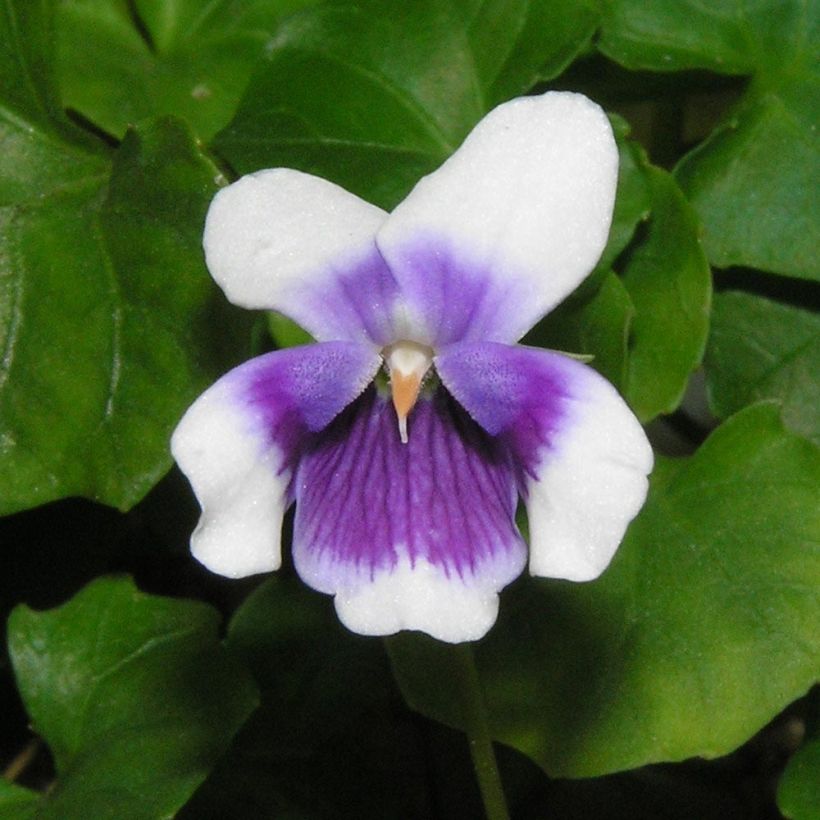

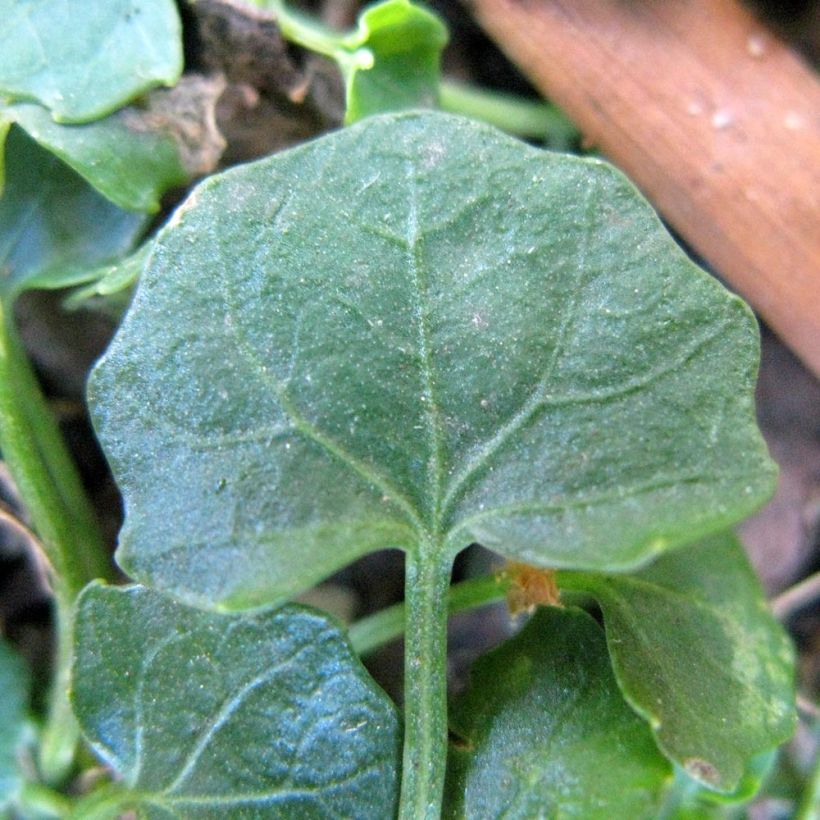

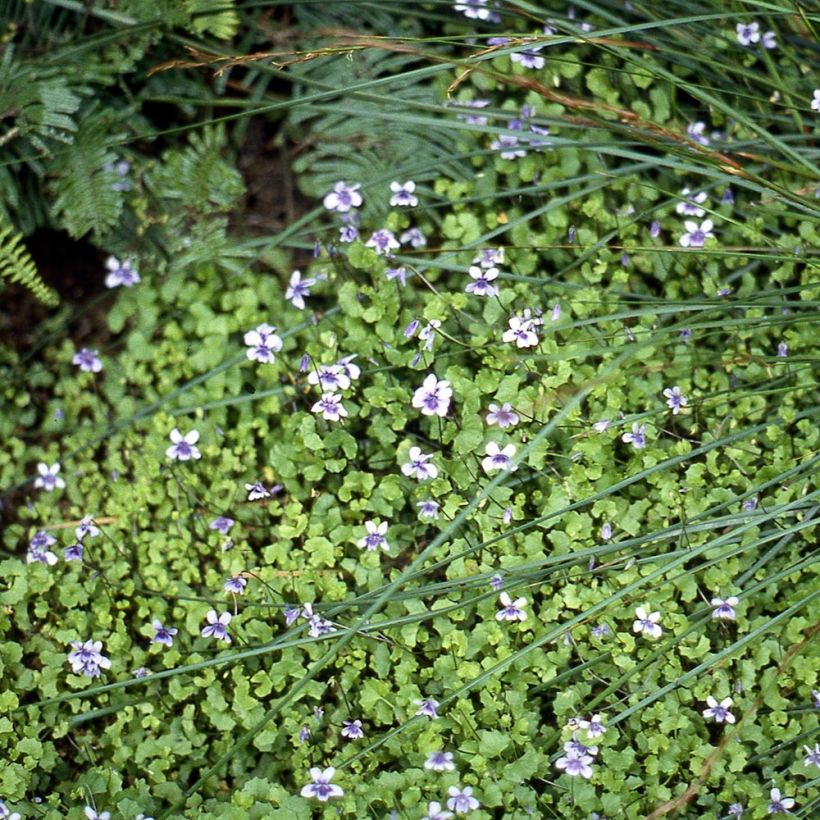

Flowering
Foliage
Plant habit
Botanical data
Viola
hederacea
Violaceae
Australian Violet, Ivy-leaved Violet, Spurless violet, Trailing violet
Cultivar or hybrid
Other Viola - Violets
Planting and care
Easy to grow and with rather rapid growth, cultivate Viola hederacea in partial shade in a regular, but moist and humus-rich or compost-rich soil. Water regularly in the first year, and in case of dry summer. This violet tolerates the sun in soils that remain well moist. Its cold resistance is around -7°C (19.4°F).
Planting period
Intended location
Care
-
, onOrder confirmed
Reply from on Promesse de fleurs
Spring flowering perennials
Haven't found what you were looking for?
Hardiness is the lowest winter temperature a plant can endure without suffering serious damage or even dying. However, hardiness is affected by location (a sheltered area, such as a patio), protection (winter cover) and soil type (hardiness is improved by well-drained soil).

Photo Sharing Terms & Conditions
In order to encourage gardeners to interact and share their experiences, Promesse de fleurs offers various media enabling content to be uploaded onto its Site - in particular via the ‘Photo sharing’ module.
The User agrees to refrain from:
- Posting any content that is illegal, prejudicial, insulting, racist, inciteful to hatred, revisionist, contrary to public decency, that infringes on privacy or on the privacy rights of third parties, in particular the publicity rights of persons and goods, intellectual property rights, or the right to privacy.
- Submitting content on behalf of a third party;
- Impersonate the identity of a third party and/or publish any personal information about a third party;
In general, the User undertakes to refrain from any unethical behaviour.
All Content (in particular text, comments, files, images, photos, videos, creative works, etc.), which may be subject to property or intellectual property rights, image or other private rights, shall remain the property of the User, subject to the limited rights granted by the terms of the licence granted by Promesse de fleurs as stated below. Users are at liberty to publish or not to publish such Content on the Site, notably via the ‘Photo Sharing’ facility, and accept that this Content shall be made public and freely accessible, notably on the Internet.
Users further acknowledge, undertake to have ,and guarantee that they hold all necessary rights and permissions to publish such material on the Site, in particular with regard to the legislation in force pertaining to any privacy, property, intellectual property, image, or contractual rights, or rights of any other nature. By publishing such Content on the Site, Users acknowledge accepting full liability as publishers of the Content within the meaning of the law, and grant Promesse de fleurs, free of charge, an inclusive, worldwide licence for the said Content for the entire duration of its publication, including all reproduction, representation, up/downloading, displaying, performing, transmission, and storage rights.
Users also grant permission for their name to be linked to the Content and accept that this link may not always be made available.
By engaging in posting material, Users consent to their Content becoming automatically accessible on the Internet, in particular on other sites and/or blogs and/or web pages of the Promesse de fleurs site, including in particular social pages and the Promesse de fleurs catalogue.
Users may secure the removal of entrusted content free of charge by issuing a simple request via our contact form.
The flowering period indicated on our website applies to countries and regions located in USDA zone 8 (France, the United Kingdom, Ireland, the Netherlands, etc.)
It will vary according to where you live:
- In zones 9 to 10 (Italy, Spain, Greece, etc.), flowering will occur about 2 to 4 weeks earlier.
- In zones 6 to 7 (Germany, Poland, Slovenia, and lower mountainous regions), flowering will be delayed by 2 to 3 weeks.
- In zone 5 (Central Europe, Scandinavia), blooming will be delayed by 3 to 5 weeks.
In temperate climates, pruning of spring-flowering shrubs (forsythia, spireas, etc.) should be done just after flowering.
Pruning of summer-flowering shrubs (Indian Lilac, Perovskia, etc.) can be done in winter or spring.
In cold regions as well as with frost-sensitive plants, avoid pruning too early when severe frosts may still occur.
The planting period indicated on our website applies to countries and regions located in USDA zone 8 (France, United Kingdom, Ireland, Netherlands).
It will vary according to where you live:
- In Mediterranean zones (Marseille, Madrid, Milan, etc.), autumn and winter are the best planting periods.
- In continental zones (Strasbourg, Munich, Vienna, etc.), delay planting by 2 to 3 weeks in spring and bring it forward by 2 to 4 weeks in autumn.
- In mountainous regions (the Alps, Pyrenees, Carpathians, etc.), it is best to plant in late spring (May-June) or late summer (August-September).
The harvesting period indicated on our website applies to countries and regions in USDA zone 8 (France, England, Ireland, the Netherlands).
In colder areas (Scandinavia, Poland, Austria...) fruit and vegetable harvests are likely to be delayed by 3-4 weeks.
In warmer areas (Italy, Spain, Greece, etc.), harvesting will probably take place earlier, depending on weather conditions.
The sowing periods indicated on our website apply to countries and regions within USDA Zone 8 (France, UK, Ireland, Netherlands).
In colder areas (Scandinavia, Poland, Austria...), delay any outdoor sowing by 3-4 weeks, or sow under glass.
In warmer climes (Italy, Spain, Greece, etc.), bring outdoor sowing forward by a few weeks.

































